At no time in aeronautical history have pilots had a wider choice when it comes to the type and capabilities of the cockpit presentation when they fly IFR. For an instrument-rated pilot who wants to rent from the local FBO, the avionics variety means that the checkout may take some time as he learns how to operate what the operator has chosen to install (or not install) in the bird. For an owner seeking to upgrade, the opportunities are marvelous, especially as the manufacturers compete for customer dollars.
However, for the pilot seeking to get an instrument rating, trying to figure out whether to learn behind an aging six-pack or in a partial glass or full glass cockpit can be paralyzing.
Rather than try to come up with a list of possible panels that may be in flight school airplanes and rank them as we look at the getting an instrument rating efficiently, we’ll start out the article with a simple pair of recommendations: First, if possible, once you start your instrument training, do all of it in the same airplane or in airplanes with the same panel (and, if the school has a simulator, the same display in it) and second, if possible, do the training in an airplane that meets the FAA’s standards for a Technically Advanced Aircraft (TAA). That means a moving map display, IFR GPS and an autopilot.
We note that there’s another benefit to TAA instrument training: TAA time counts the same as retractable gear time when qualifying for the commercial rating and is usually cheaper.
Training Consistency
Being able to fly the same panel on each instrument lesson means minimizing time lost to figuring out what this box does in this airplane—and that can take a lot of time—rather than advancing your ability to fly holds and approaches and handle emergencies.
If the airplane has nothing more than a six-pack of round gauges and a Garmin 430, that’s fine. Learn to make that Garmin sing, dazzle the examiner with your abilities during the checkride and later learn the G1000 or Avidyne panel as needed.
TAA Preferred
Yet, because more and more of the IFR-capable general aviation fleet— and virtually all airliners—are TAAs, we think that going through the instrument rating in a TAA gives the pilot a jump on whatever he will fly later. We especially think that integrating autopilot use during instrument rating training will facilitate getting the most out of a TAA.
We say that with some caution as we are fully aware that a heavy proportion of pilots getting their instrument ratings in TAAs come out overly dependent on the autopilot and lacking in hand-flying skills.
We fully recognize that instrument training in a TAA may be cost prohibitive for you. That’s fine; pilots have getting instrument ratings in non-TAA ever since Dr. Jimmy Doolittle made the first blind flight—and will continue to do so for the foreseeable future. If you can’t train in a TAA, train behind the most advanced panel available and, as we said, use the same panel throughout if possible.
Autopilot Woes
We have read reports of enough accidents caused by pilots who did not understand the operation of the autopilot installed in the airplane to make the strong recommendation that whenever a pilot gets a checkout in an autopilot-equipped airplane that she get a thorough grounding in the autopilot—what it will do, what it won’t do, what happens if the pilot makes a control input with the autopilot engaged and every single way to shut it off.
The Rating
With that as background, the underlying process of getting an instrument rating has not changed dramatically in generations, even with the introduction of Airman Certification Standards (ACS) by the FAA—which, as instrument instructors, we applaud—and the increasing proliferation of glass and GPS-based navigation. The prospective instrument pilot has to pass the three FAA exams: written, oral and practical.
Not surprisingly, although the FAA regularly updates the written exam, it is always a step or two behind what’s going on in the real world of instrument flying. We think that the ACS has allowed the FAA to be more up-to-date in the oral and practical exams as the ACS recognizes such things as, for instance, that the applicant may use an airplane that has no ground-based navigation equipment aboard—and allows for it.
We surveyed IFR training courses from the perspective of preparing a pilot to be a successful and safe instrument pilot in an increasingly digital world. What follows are our recommendations.
Test Preparation
We are firmly of the opinion that a pilot should prepare for the instrument rating with ground training that is well-rounded and provides an in-depth education so that she will be ready for just about anything that comes her way as she takes dual for the rating and then flies in the real IFR world. That sort of ground training means that the student will have no problem with the FAA written exam—exam prep should not be the be-all and end-all of the training.
After all, by law, FAA standards are “minimum requirements” and we do not think that a safe instrument pilot should be willing to accept training that just meets the bare minimum requirements. We think that a solid grounding in the whys and whats of IFR is as important as the hows.
The conclusion of our survey is that while we’ll reference pure test prep courses, we do not recommend any of them for the instrument rating—although we certainly do for other ratings such as the commercial.
We liked all of the ground school courses we reviewed, and we think Sporty’s and King Schools are the best, with ASA just behind.
For the flight training portion we give the nod to those that provide an organized syllabus, use simulators as much as possible, have the student ready for the instrument written no later than halfway through the flight program and allow the student to fly as frequently as possible—at least three days a week. We like total immersion. That’s how the military and airlines do it so successfully. We think the 10-day training course model is realistic and like PIC, a company that has been doing it for nearly 40 years.
The Written
All of the courses we reviewed provided an endorsement to take the written after the student had successfully completed a number of practice exams. In our experience, those who do the work, get the endorsement and then take the written immediately (next day or two) will pass the exam on the first try.
Gleim
In its 40th year of providing flight training materials, Gleim (www.gleimaviation.com) offers two instrument online courses: a test prep at $69.95 and a ground school for $109.95. Gleim bundles the two for $164.95. The ground school course is guaranteed.
Gleim’s materials are focused, not flashy. An online purchase is good for 12 months, with renewal for another 12 at half price. As with all of its competitors, Gleim regularly updates its materials at no cost to the student.
The material is broken into 11 study units that are in turn broken into subunits. There is an optional 10-minute video for each of the 11 study units. Expect to be able to go through the full course in about 35 hours.
Following subunit completion the student is directed to a study session with FAA questions. There is immediate feedback to each answer, in detail, as to why the answer is right or wrong.
Dauntless
Offering only a test prep course at $49.99, downloadable (any platform), the Dauntless (www.dauntless-soft.com) approach uses less rote memorization than do other pure test prep systems.
Called “learning by simulated testing,” Dauntless presents test questions and answers that change subtly during the training process to help the student understand the why of the material.
We liked the quality of the software and its ability to replicate the appearance of FAA questions and answers as they will appear on the real test. We noted that, as with Gleim, there is no guarantee offered with the test prep course.
Sheppard Air
Offering an absolutely unabashed written test prep for $45, Sheppard Air (www.sheppardair.com) encourages the student to memorize the FAA test questions. It advises that if a mathematical calculation is going to take more than 30 seconds that the student should “learn the concept” and memorize the answer.
The course can be downloaded on any platform, but only one device. We consider it to be well organized, with a no-frills presentation. Starting with questions presented with only the correct answer, the student moves on to learning to recognize the correct answer among the incorrect ones. There is a 24-hour-a-day help line staffed with instrument instructors.
This was the only test prep course that we found with a money-back guarantee.
ASA
Offering 24 months of access to course materials, ASA’s (www.asa2fly.com) $199.95 instrument ground school course can be accessed on any device that can get online that the user desires and the course will keep track of the student’s progress even when switching between devices.
ASA is known for its high-quality aviation textbooks, and its digital textbook for the instrument rating is the heart of its ground school. The student reads the applicable chapter, views the related video and then accesses what ASA refers to as Prepware. There, FAA-style questions are presented twice, once as a study session with feedback and then as a quiz that is timed and scored.
Completion of the course and two practice tests with scores of at least 80 percent generates a written exam endorsement. We did not see any indication that the course comes with a guarantee.
King Schools
Although it offers an extended lineup of instrument rating courses and packages, we limited our sample to King Schools’ (www.kingschools.com) $279 Written Only course. It will run on any device with a broadband internet connection and lessons can be downloaded and viewed when not connected to the internet.
Passing the written is guaranteed as is lifetime access to the course and FAA-style practice tests—as well as automatic updates.
The course is presented through high-quality videos broken into lesson groups. Following the video, the first review question appears. Once you answer you get immediate feedback and the course maintains a running report card on your progress.
Sporty’s
For $249, Sporty’s (www.sportys.com) instrument rating course provides 15 hours of video and can be viewed on any internet-capable device as well as a smart TV. It is a full rating course, with a guarantee that the student will pass the written, oral and flight tests.
We have been impressed with the quality of Sporty’s video training and the way that the appropriate section of the ACS is referenced for each section.
Following each video, the student takes a quiz in FAA question format with a direct link back to the appropriate section of the video for each question. To get an endorsement for the written the student must complete two practice tests with scores of at least 80 percent.
Weekend Training
Three-day and weekend instrument ground schools have been around for decades. We have attended them and have found that the fire-hose teaching style works for some, but not all, students. They do not provide a rounded education; they are focused on passing the written—accordingly, we do not recommend them for pilots starting on the rating from scratch, only as test prep.
During our survey we saw prices ranging from $400 to $700. The cost of the course may be secondary to the cost of travel to a city where it’s offered and lodging.
If you decide to take a weekend course we have two emphatic recommendations: Do your utmost to arrange your schedule so that you will not be interrupted so you can focus on the class and evening homework, and take the written the very next day. We’re not kidding.
Flying
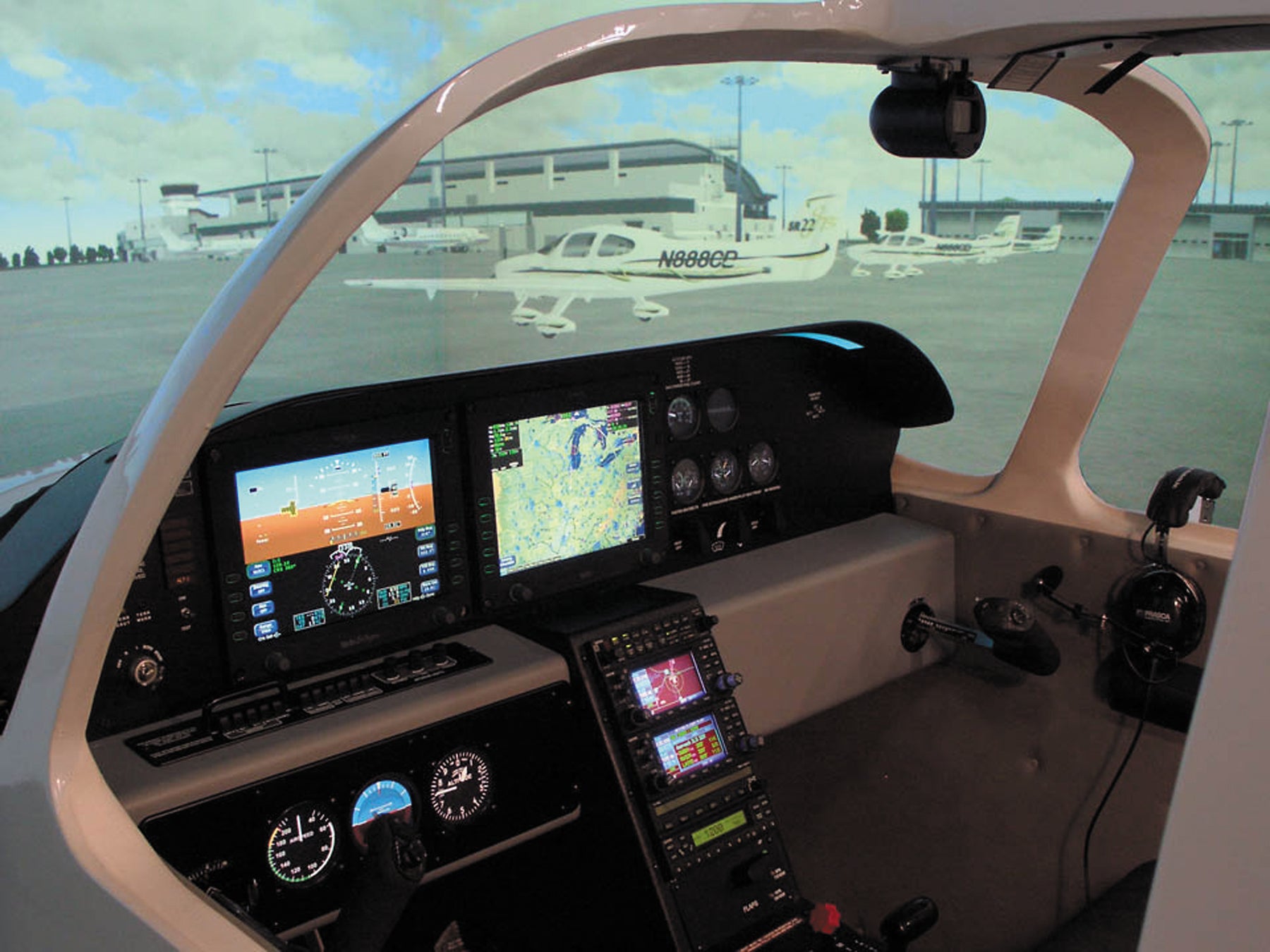
Going back to our thoughts at the beginning of the article, it is our opinion that you’ll prepare most efficiently for the instrument checkride if you do all of your training, flight and simulator, behind the same instrument panel presentation. Because of the prevalence of automation in professional aviation and, increasingly, in sophisticated piston airplanes, we recommend that you train in a glass TAA airplane.
We say that because your skills will transfer most efficiently to the glass TAA airplanes you are likely to fly later—everything from your basic instrument scan to programming the automation and shutting it off. We also will never underestimate the power of early learning—when things go bad and our brains revert to solving serious problems mode, they do best what they learned first.
Learning behind glass may not be economically possible. That’s OK. While we recommend it, we don’t think that you should delay instrument training just because glass isn’t available, for whatever reason, now.
Immerse Yourself
No matter what sort of panel you fly for training, we think that you’ll save time and money if you stick with the same one through training. More important, however, is not spreading the training out over several weeks or months. The longer you go between lessons, the more you have to relearn on each lesson.
We like total immersion training a great deal. We’ve watched pilots go through it with great success and spend less money than had they taken a lesson or two a week.
We think any reputable flight school should be able to handle a student who wants to compress instrument training into less than two weeks. There are a number of flight schools that specialize in such immersion training. Your local flight school may be perfect, or you may wish to travel to one that can provide immersion training or contract with a school that sends an instructor to you.
For the last, we’ve followed Professional Instrument Courses (PIC) (www.iflyifr.com) almost since it started business giving individual 10 days to the instrument rating training in 1980. The instructor follows PIC’s syllabus and course materials through ground school, training on a BATD-level simulator and flight time in the airplane provided by the student.
As an aside, PIC instructors give dual in IMC, something we think should be done if possible. It’s not a small thing. If an instructor won’t give dual in IMC, find another.
Based on our observations of total immersion training and talking with CFIs and students involved, we have some recommendations for anyone looking at going that route.
- Plan on taking the checkride immediately after completing training. That can be a big deal with a DPE shortage in many areas. We do not recommend starting total immersion training unless you have a strong reason to believe that you’ll get a checkride within three days of completion of the course.
- Make sure that the airplane you are going to use has everything working and its IFR certification is current before you start.
- The school should have a BATD or higher level simulator and be willing to use it for the maximum amount of time allowed by the regs.
- Make sure there is a plan to move forward with minimal delay if the airplane breaks.
- Make sure there is a plan to move forward if you can’t get along with the instructor and need to make a change.
- Make sure the instructor has actual instrument time and will train in IMC.
- Be fully up to date on VFR skills in the airplane and be sure you can operate the avionics.
- Make sure that your schedule is free so that there is minimal risk of interruption during training.
- Be willing to commit your full focus to the training for the entire course.
Conclusion
Getting the instrument rating can be one of the greatest challenges you have in aviation, and provide some of the most rewarding moments. To go about it with an eye to the future as well as completing the training as efficiently as possible, we suggest ground school from Sporty’s or King and then training in as immersive fashion as possible in a TAA.
This article originally appeared in the December 2020 issue of Aviation Consumer magazine.
For more great content like this, subscribe to Aviation Consumer!




































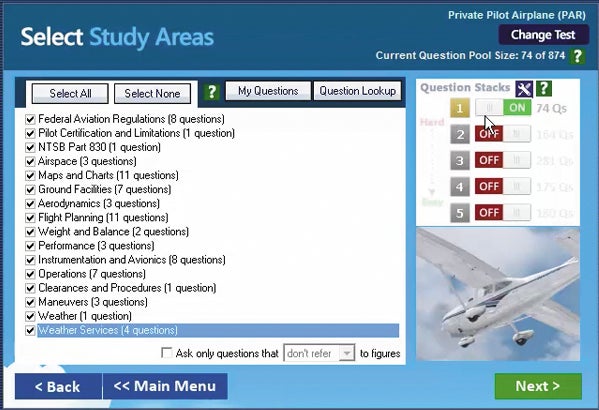
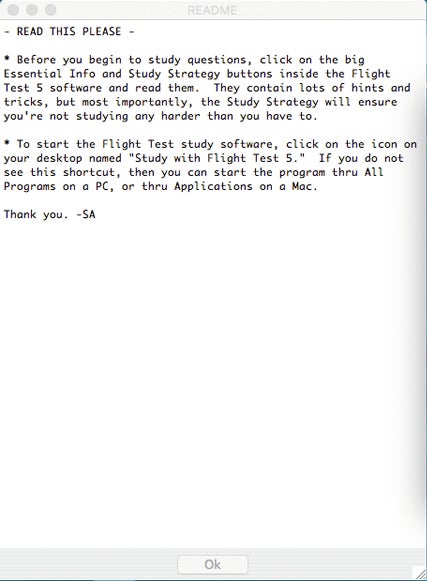
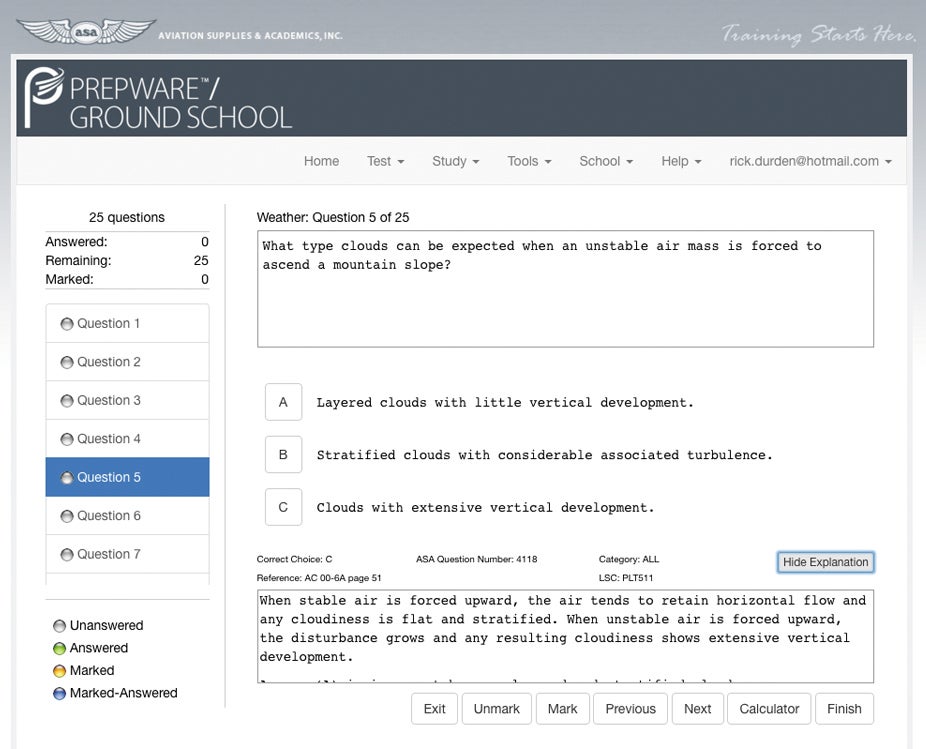
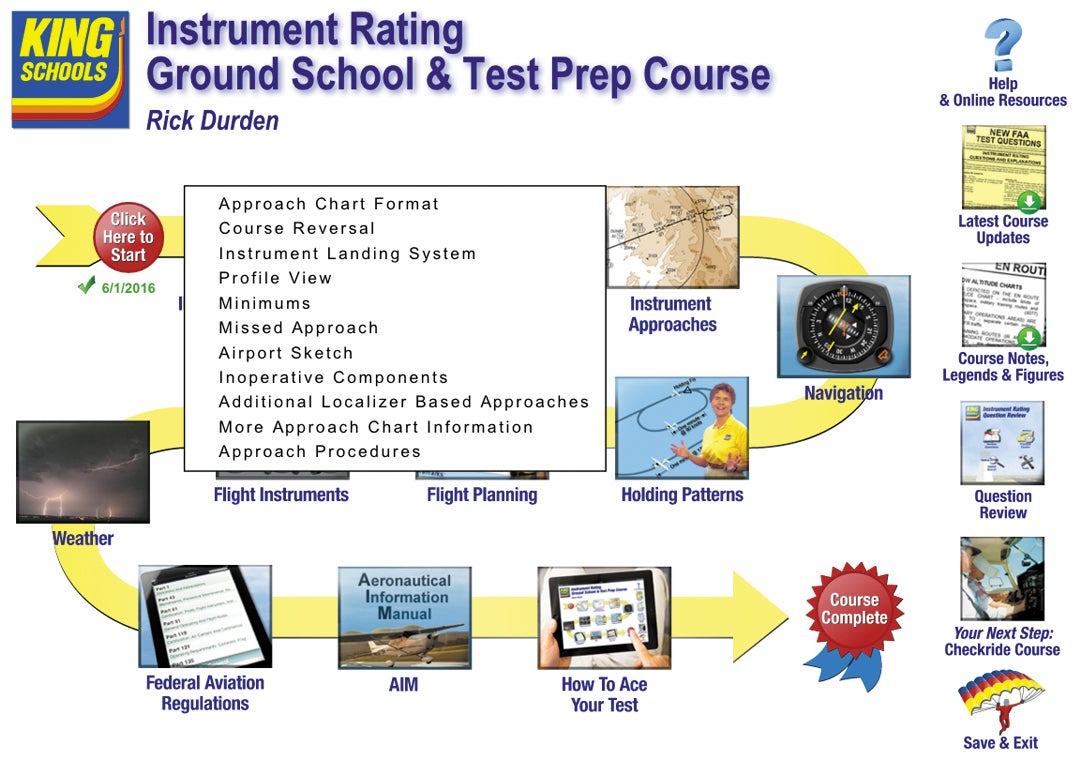
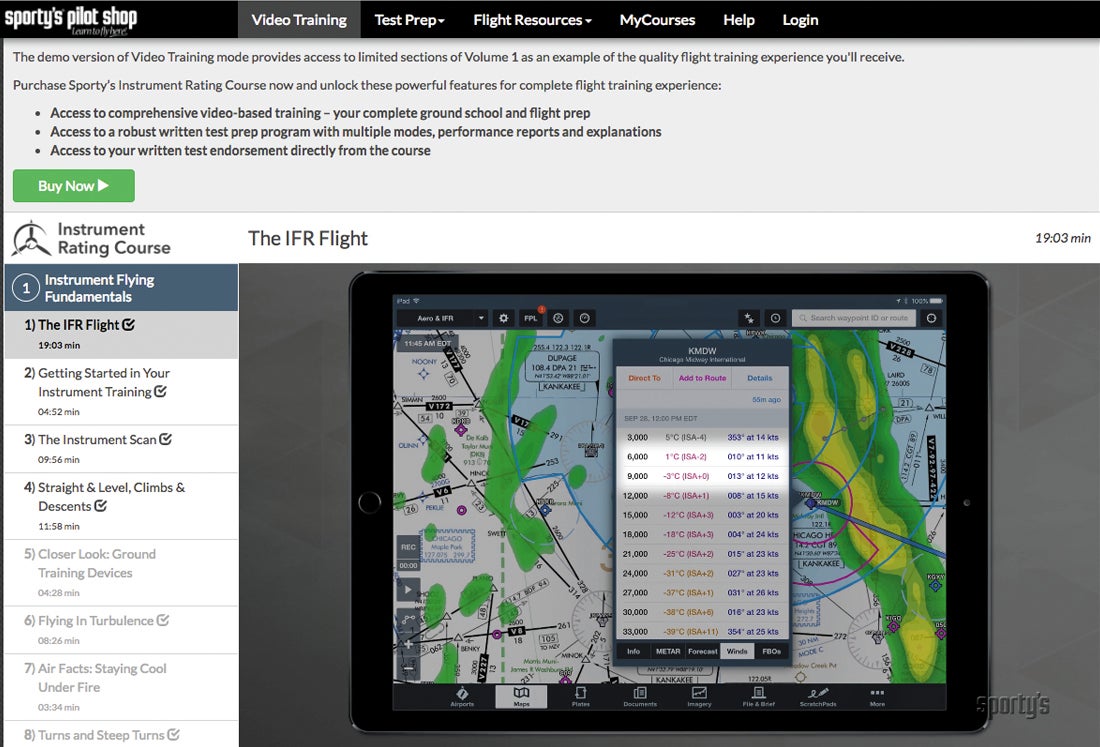

I agree with everything in the article that I know about (not commenting on things I know nothing about like the current training courses). I’ll add three comments. (1) My CFII was a corporate pilot who flew single-pilot IFR and I found that greatly valuable, (2) he said to make liberal use of the autopilot in the real world (of course also being versed in manual IFR flying), and (3) I trained in the same plane I was flying before and would be flying later, a group-owned Bonanza with a first-generation-IFR-approach-approved GPS plus VOR receiver. That last point made it more difficult and time-consuming to master IFR, and I resisted suggestions to rent a 172 with two VORs instead to make it more simple and quicker to pass the checkride; that fully agrees with this article.
If you plan on flying with TAA it makes sense to use a similar aircraft for training. You should, however, not entertain the fallacy that training with complex avionics will leave you with the ability to safely operate a “plain 6″ setup without slaved gyro, etc. and undertake extra training should you need to fly in one. I have no G1000 or alike experience but my experience with advanced EFIS airliner flight decks shows that constant use of pre-programmed flight plans and moving maps has a tendency to dull your basic flying skills unless you deliberately train them. There is a reason EFIS horizons are many times as wide as a standard 3” horizon and keeping up a good scan is harder with smaller and round gages rather than tapes. While you should be able to operate the autopilot to its full capability and know when to use it, you still need to be able to hand-fly to a safe landing as there is no guarantee for a single autopilot to keep working when you need it.
I’ve tried all these programs. They all have their good points and bad points. Which is why I reviewed them all. Passing a test and passing a check ride doesn’t make you a good safe pilot.
You must continuously study and train with as many different instructors as possible, after you receive your certificate.
ASA used to have a home simulator product called IP Trainer that coached you through learning basic instrument hand-flying skills in a 172. The lessons would get progressively harder and you would need to fly each nearly perfectly in order to move on to the next lesson. It was incredibly valuable and I credit it for saving 10+ hours of time in the actual aircraft.
I don’t know why it was discontinued and I wish I still had my copy. Is there anything similar to that today? I know there are lots of phone apps out for practicing holds which is nice, but it was good to do it on a desktop with a yoke and throttle quadrant.